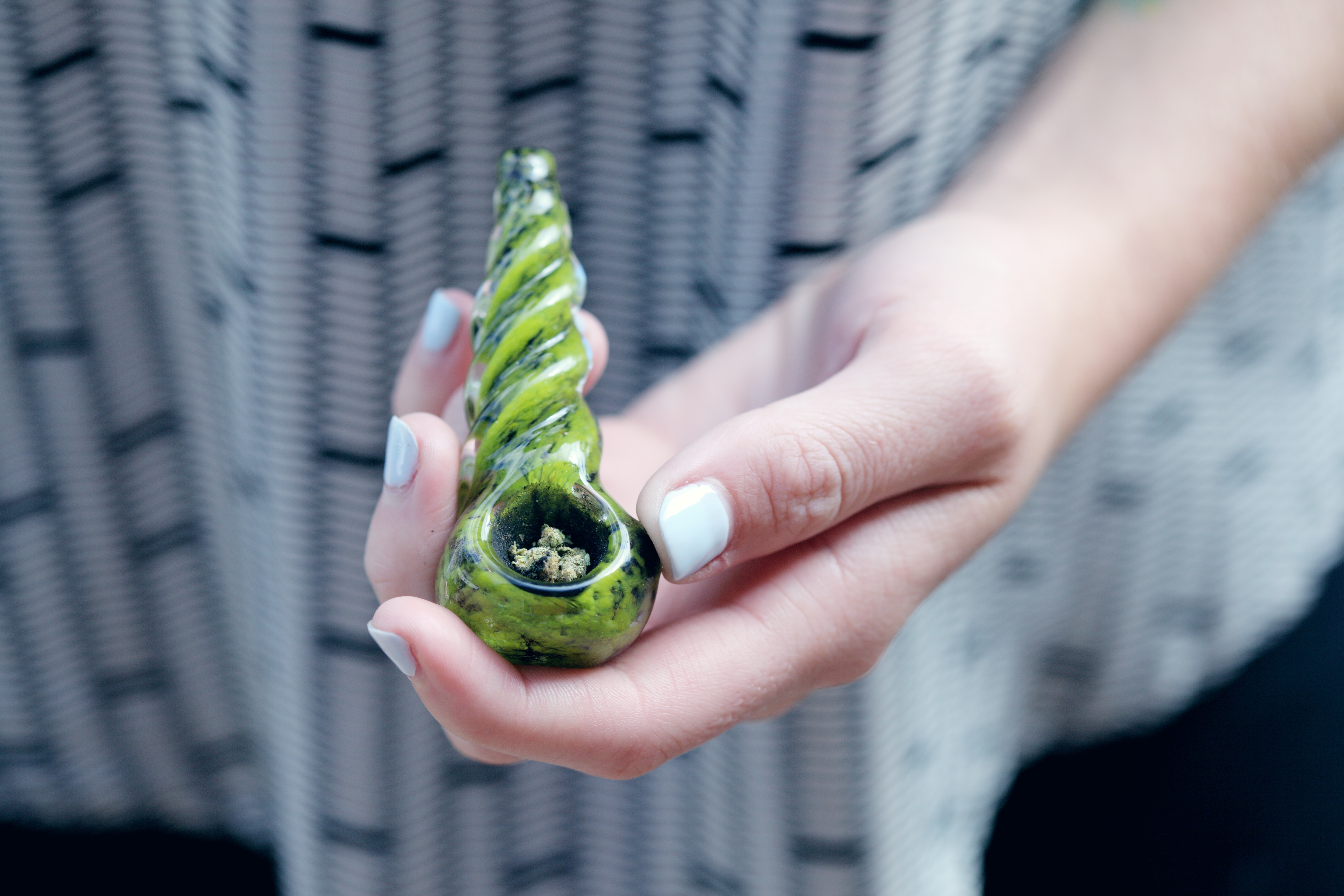Science & Health
Three New Studies Explore Link Between Medical Marijuana Dispensaries And Youth Use

Is there something going on in the City of Angels we don’t know about? Three separate new studies out this month investigate the association between the prevalence of medical marijuana dispensaries in Los Angeles County and marijuana use among teens and young adults. Their findings, however, are mixed.
As more states legalize marijuana use, local lawmakers have to decide whether they will allow dispensaries to open in their jurisdictions. A common argument from opponents is that the proximity to cannabis will negatively impact the communities in which these establishments reside. For example, many believe rates of crime and violence will rise, while supporters point out that cannabis businesses can fill otherwise-empty storefronts and usually have security guards and surveillance cameras on site that can deter crime at neighboring properties.
Another big concern for policymakers is whether high schoolers will be more likely to consume marijuana or use it more frequently because a dispensary is nearby or whether moving cannabis commerce into regulated establishments that ask for ID can actually dissuade youth consumption.
That’s what the new studies attempt to shed light on.
The first study, the dissertation of a doctoral student in the University of California Los Angeles School of Public Health, aimed to understand whether city ordinances that place restrictions on dispensaries or ban them altogether play a role in preventing high school students from consuming marijuana. Using a cross-sectional analysis with data from 57 L.A. County cities during the 2015-2016 and 2016-2017 school years, study author Catherine Branson found that cities that banned marijuana dispensaries did not have lower rates of marijuana use among students.
“Neither dispensary bans nor the number of dispensaries in a city (normalized by population to a rate of dispensaries per 10,000 city residents) were associated with student marijuana use in cross sectional analyses comparing the prevalence of student marijuana use across 57 cities in LA County,” she found.
Rather, Branson writes, having strict rules in place for licensure for these businesses, as well as where they’re located, offers the “most potent effects on student marijuana use.”
“In this study, students’ marijuana use was more strongly associated with the proximity of the nearest unlicensed dispensary to their school and the density of dispensaries within a several blocks from their school. These localized effects highlight the importance of enforcing city regulations that restrict dispensaries from operating near schools, whether those regulations are minimum distance requirements or policies that ban dispensaries altogether.”
She continued, “Furthermore, that localized effects were noted only for unlicensed outlets and not for licensed dispensaries indicates that enforcing existing ordinances by closing unlicensed outlets near schools could be an excellent first step for cities looking to prevent marijuana use among their students.”
Another study, this one published in the journal Addiction, focused on how the growing number of medical cannabis dispensaries in L.A. County is related to frequency of use for young adults living nearby. Researchers surveyed 1,887 people between the ages of 18-22 and asked them questions about marijuana consumption in the past month, including how many times they used per day. They also calculated the density of medical marijuana dispensaries around respondents’ homes.
According to the study‘s findings, 84 percent of participants reported living within four miles of at least 10 medical cannabis storefronts. As such, researchers found those who lived in a neighborhood with a higher concentration of dispensaries had consumed more marijuana in the past 30 days than those who did not. Interestingly, the study also pointed to storefront marijuana signage as a potential factor.
“For [medical marijuana dispensaries, or MMDs] with marijuana signage,” the authors write, “after adding [medical marijuana] card status, associations between density of MMDs with signage and positive expectancies and times used in a day remained statistically significant, and the magnitude of associations was four times as large for number of times used in a day, and five times as large for positive expectancies compared to total MMD count.”
Alternatively, a third recent study, published in Substance Use & Misuse, found that the density of medical dispensaries in L.A. did not actually affect current use among young people. The parameters they utilized, however, were different from the aforementioned work.
The authors interviewed 329 young adults ages 18-26 in 2014-2015. To determine frequency, researchers asked participants how many days they’d used marijuana in the past 90 days, as well as how many hits they typically did per day. They also identified more than 400 operational medical marijuana dispensaries within the city and calculated the density per population for each ZIP code area.
Their analysis found that the “density of medical marijuana dispensaries per square mile in Los Angeles ZIP code areas was not associated with” how often people—whether they were medical marijuana patients or not—toked in the past three months. These results support other studies that have found no relationship between proximity to medical marijuana establishments and use.
“Based upon these results,” the new study‘s authors speculate, “one could infer that the arrival of new marijuana dispensaries into neighborhoods and subsequent concentration of dispensaries in particular locations will not impact use of marijuana use among current marijuana users who live in areas with the greatest density of dispensaries—including those who cannot legally purchase marijuana from nearby dispensaries.”
Living Near Dispensaries Doesn’t Affect Teen Marijuana Use Or Attitudes, Study Finds
Photo by Sharon McCutcheon on Unsplash




